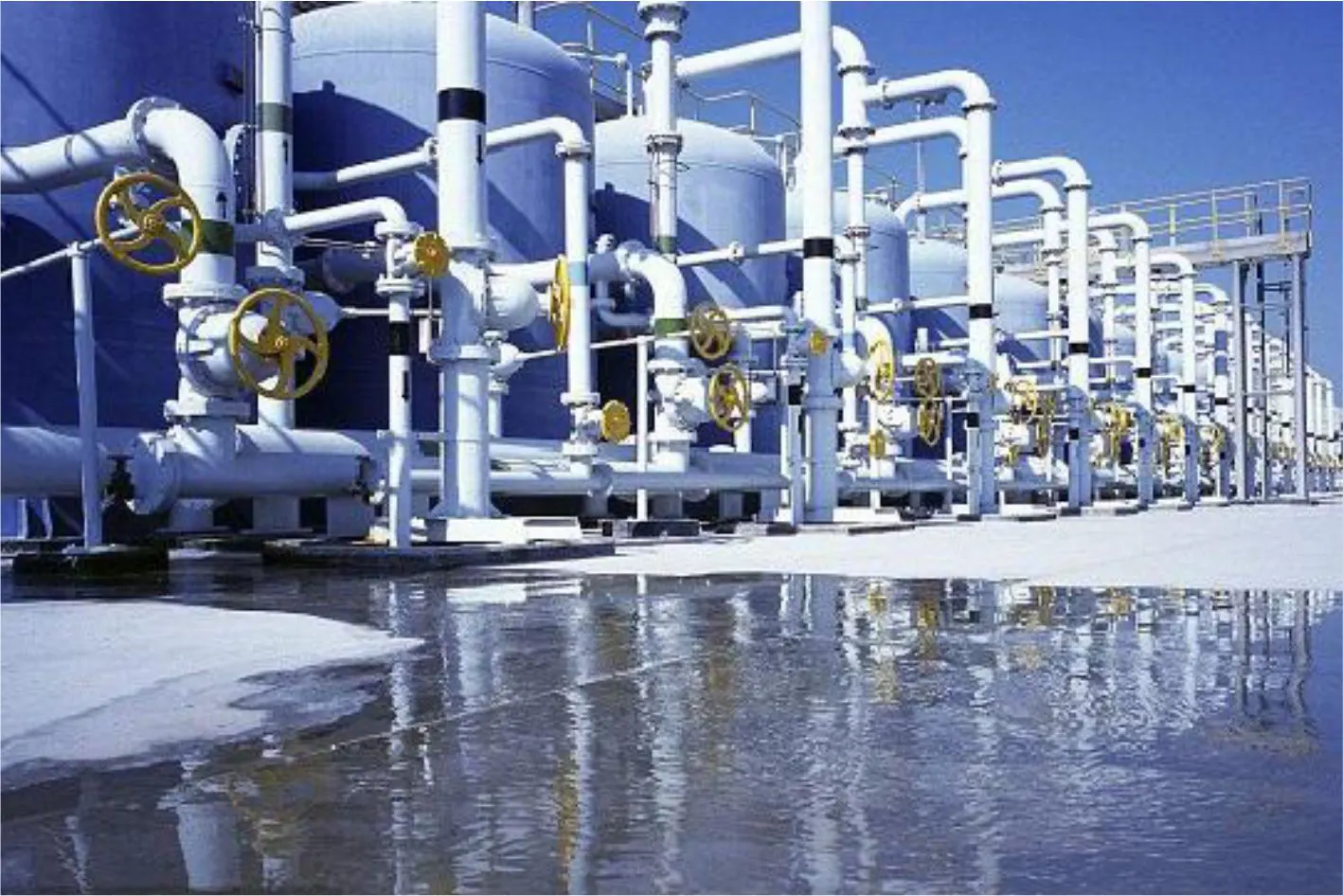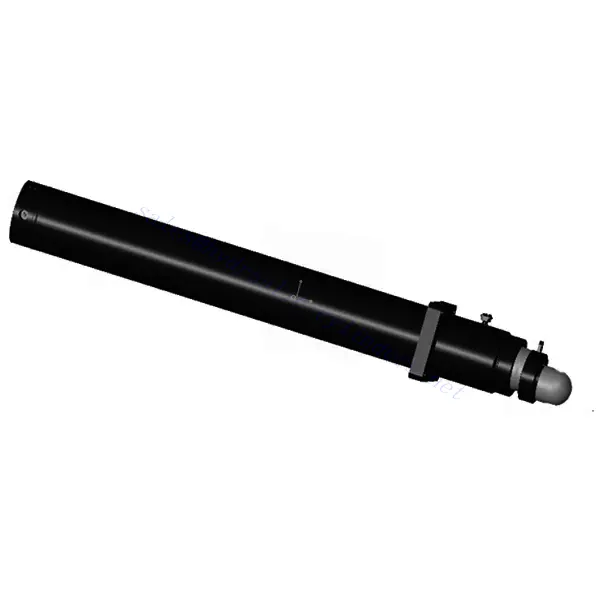Shield Machine Thrust Cylinder
In qualità di uno dei produttori, fornitori ed esportatori di prodotti meccanici, offriamo cilindri idraulici e molti altri prodotti.
Per maggiori dettagli, contattateci.
Posta:sales@hydraulic-cylinders.net
Produttore fornitore esportatore di cilindri idraulici.
Shield Machine Thrust Cylinder

The shield machine thrust cylinder is a high-performance hydraulic cylinder explicitly designed for shield machines used in underground construction and tunneling projects. With its exceptional power, precision, and durability, this cylinder ensures smooth and efficient tunneling operations. Let’s explore this remarkable product’s key characteristics, usage methods, and maintenance tips.
The shield machine thrust cylinder is an indispensable component for successful tunneling operations. With its robust construction, high thrust capacity, precise control, and customizable design, this cylinder empowers shield machines to excavate with unparalleled efficiency and accuracy. By following the recommended usage methods and implementing regular maintenance practices, the shield machine thrust cylinder will continue to deliver exceptional performance, ensuring the smooth progress of your underground construction projects. Experience the power, precision, and reliability of the shield machine thrust cylinder and unlock the full potential of your tunneling endeavors.
Shield Machine Thrust Cylinder Key Characteristics:
- Robust Construction: The shield machine thrust cylinder is built with rugged construction, utilizing high-quality materials that withstand the demanding conditions encountered in underground construction. Its durable design ensures longevity, reliability, and resistance to mechanical stress, providing a solid foundation for successful tunneling projects.
- High Thrust Capacity: Engineered for heavy-duty applications, this cylinder delivers impressive thrust capacity, enabling efficient excavation and tunneling. Its high force output makes the shield machine effortlessly propel through various soil types, ensuring maximum productivity and project efficiency.
- Precise Control and Alignment: The thrust cylinder features advanced hydraulic control mechanisms that provide precise control and alignment during excavation. This ensures accurate positioning of the shield machine, reducing the risk of deviations or misalignments and resulting in precise tunneling and improved project outcomes.
- Customizable Design: The shield machine thrust cylinder offers customization options for specific project requirements. With various stroke lengths, bore sizes, and mounting configurations, it can be tailored to fit different shield machine models and project specifications, ensuring seamless integration and optimal performance.
Shield Machine Thrust Cylinder Parameter:
| Product Name | Shield Machine Thrust Cylinder |
| Features: | Move the shield machine forward |
| Bore diameter: | 140mm~550mm |
| Rod diameter: | 120mm~420mm Stroke: 900mm~4100mm |
| Pressure: | up to 35Mpa Special requirements can reach up to 45Mpa |
| Applications: | Shield Machine, Tunnel Boring Machinery |
Shield Machine Thrust Cylinder Application:

Usage Method Of Shield Machine Thrust Cylinder:
- Project Assessment: Before deploying the shield machine thrust cylinder, assess the project requirements, including soil conditions, tunnel dimensions, and expected loads. This evaluation will help determine the appropriate cylinder specifications and configuration.
- Installation and Integration: Follow these steps for successful installation:
- Securely mount the thrust cylinder onto the shield machine, ensuring proper alignment and stability by the manufacturer’s guidelines.
- Connect the hydraulic lines to the cylinder, ensuring tight and leak-free connections. Verify compatibility with the hydraulic system and use suitable fittings and hoses.
- Hydraulic System Setup: Integrate the cylinder into the shield machine’s hydraulic system, connecting it to a reliable power source and control mechanism. Proper setup and calibration of the hydraulic system are crucial for optimal performance and safety.
- Operational Parameters: Adjust the hydraulic system parameters, such as pressure and flow rate, to align with the excavation requirements. Follow the manufacturer’s recommendations and consult with hydraulic experts if needed.
How To Bleed A Hydraulic Clutch Slave Cylinder?
The specific steps may vary depending on the vehicle make and model. Always consult the vehicle’s owner’s manual for detailed instructions and safety precautions.
What you’ll need:
- Brake fluid (check the vehicle’s specifications for the recommended type)
- Clear plastic tubing
- A container to collect the old brake fluid
Step 1: Prepare the Vehicle
- Park the vehicle on a level surface and engage the parking brake.
- Open the vehicle’s hood and locate the clutch master cylinder reservoir. It is usually located near the brake master cylinder.
Step 2: Fill the Clutch Master Cylinder Reservoir
- Remove the cap from the clutch master cylinder reservoir.
- Check the fluid level and ensure it is at the recommended level. If necessary, add the specified brake fluid to bring it to the correct level. Be careful not to overfill.
Step 3: Locate the Clutch Slave Cylinder
- Locate the clutch slave cylinder, which is usually mounted on or near the transmission bell housing.
- Identify the bleeder valve on the slave cylinder. It is a small valve with a dust cap.
Step 4: Attach the Tubing
- Attach one end of the clear plastic tubing to the bleeder valve on the slave cylinder. Place the other end into a container to collect the old brake fluid.
Step 5: Bleeding Process
- Enlist the help of an assistant to assist with the bleeding process.
- Instruct your assistant to press and hold the clutch pedal to the floor.
- Open the bleeder valve on the slave cylinder by turning it counterclockwise. As the valve is opened, fluid and air bubbles will be pushed through the tubing into the container.
- Instruct your assistant to inform you when the clutch pedal reaches the floor and to keep it held down.
Step 6: Close the Bleeder Valve
- Once your assistant informs you that the pedal is fully depressed, close the bleeder valve clockwise. Ensure it is tightly closed.
Step 7: Repeat the Process
- Instruct your assistant to release the clutch pedal slowly. Air bubbles and fluid will be drawn back into the system as they release the pedal.
- Repeat the bleeding process by opening the bleeder valve, having your assistant depress the clutch pedal, and then closing the valve. Repeat this process several times until no air bubbles are visible in the tubing.
Step 8: Check the Fluid Level and Repeat if Necessary
- After bleeding, check the fluid level in the clutch master cylinder reservoir. Add more brake fluid if needed to maintain the recommended level.
- If the clutch pedal still feels spongy or inconsistent, repeat the bleeding process until a firm pedal feel is achieved.
Step 9: Final Checks
- Once the bleeding process is complete, ensure that the bleeder valve is tightly closed.
- Remove the plastic tubing and clean any spilled brake fluid.
- Replace the clutch master cylinder reservoir cap.
Capacità e capacità della fabbrica:
(1) Montaggio
We have a first-class independent research and development assembly platform. The hydraulic cylinder production workshop has four semi-automatic lifting cylinder assembly lines and one automatic tilt cylinder assembly line, with a designed annual production capacity of 1 million pieces. The special cylinder workshop is equipped with various specifications of a semi-automatic cleaning assembly system with a designed annual production capacity of 200,000 and equipped with famous CNC machining equipment, a machining center, a high-precision cylinder processing special equipment, a robot welding machine, an automatic cleaning machine, automatic cylinder assembly machine, and automatic painting production line. Existing critical equipment of more than 300 sets (sets). The optimal allocation and efficient use of equipment resources ensure the accuracy requirements of products and meet the high-quality needs of products.


(2) Lavorazione
L'officina di lavorazione è dotata di un centro di tornitura su rotaia inclinata personalizzato, di un centro di lavorazione, di una levigatrice ad alta velocità, di un robot di saldatura e di altre attrezzature correlate, in grado di gestire la lavorazione di tubi cilindrici con un diametro interno massimo di 400 mm e una lunghezza massima di 6 metri.

(3) Saldatura

(4) Verniciatura e rivestimento
Con linee automatiche di verniciatura a base d'acqua a cilindro di piccole e medie dimensioni, per realizzare il carico e lo scarico automatico con robot e la spruzzatura automatica, la capacità di progettazione è di 4000 pezzi per turno;
Disponiamo anche di una linea di produzione semiautomatica di vernici per cilindri di grandi dimensioni alimentata da una catena di potenza, con una capacità di progettazione di 60 casse per turno.


(5) Test
Disponiamo di strutture di ispezione e banchi di prova di prim'ordine per garantire che le prestazioni del cilindro siano conformi ai requisiti.

We are one of the best hydraulic cylinder manufacturers. We can offer comprehensive hydraulic cylinders. We also provide corresponding riduttori agricoli. We have exported our products to clients worldwide and earned a good reputation because of our superior product quality and after-sales service. We welcome customers at home and abroad to contact us to negotiate business, exchange information, and collaborare con noi!
Visitate la nostra fabbrica VR:
Fate un tour della nostra fabbrica VR con quanto segue
Come funziona il cilindro idraulico del carrello elevatore?
Cilindro idraulico Applicazione:


